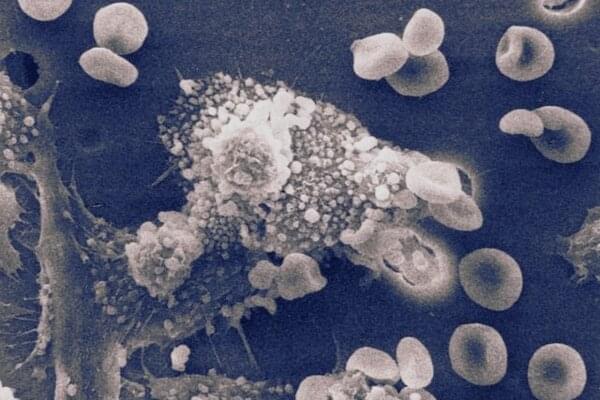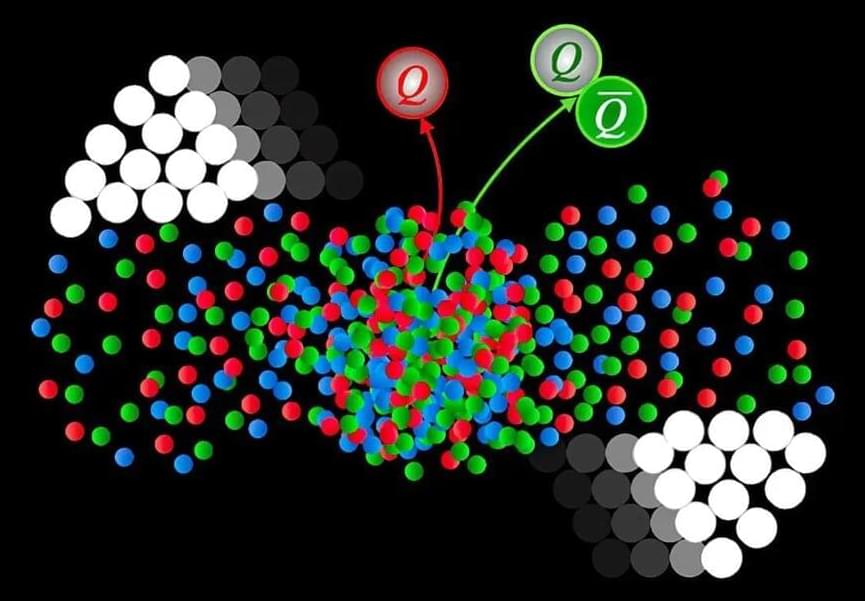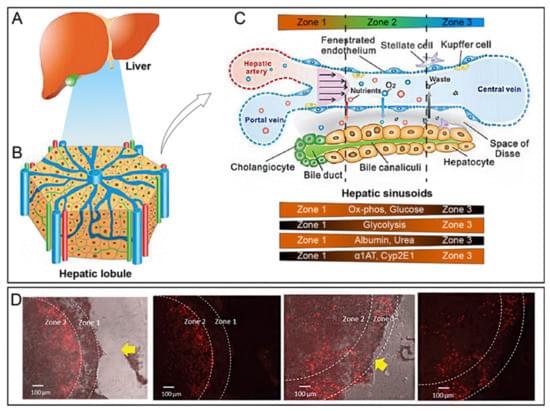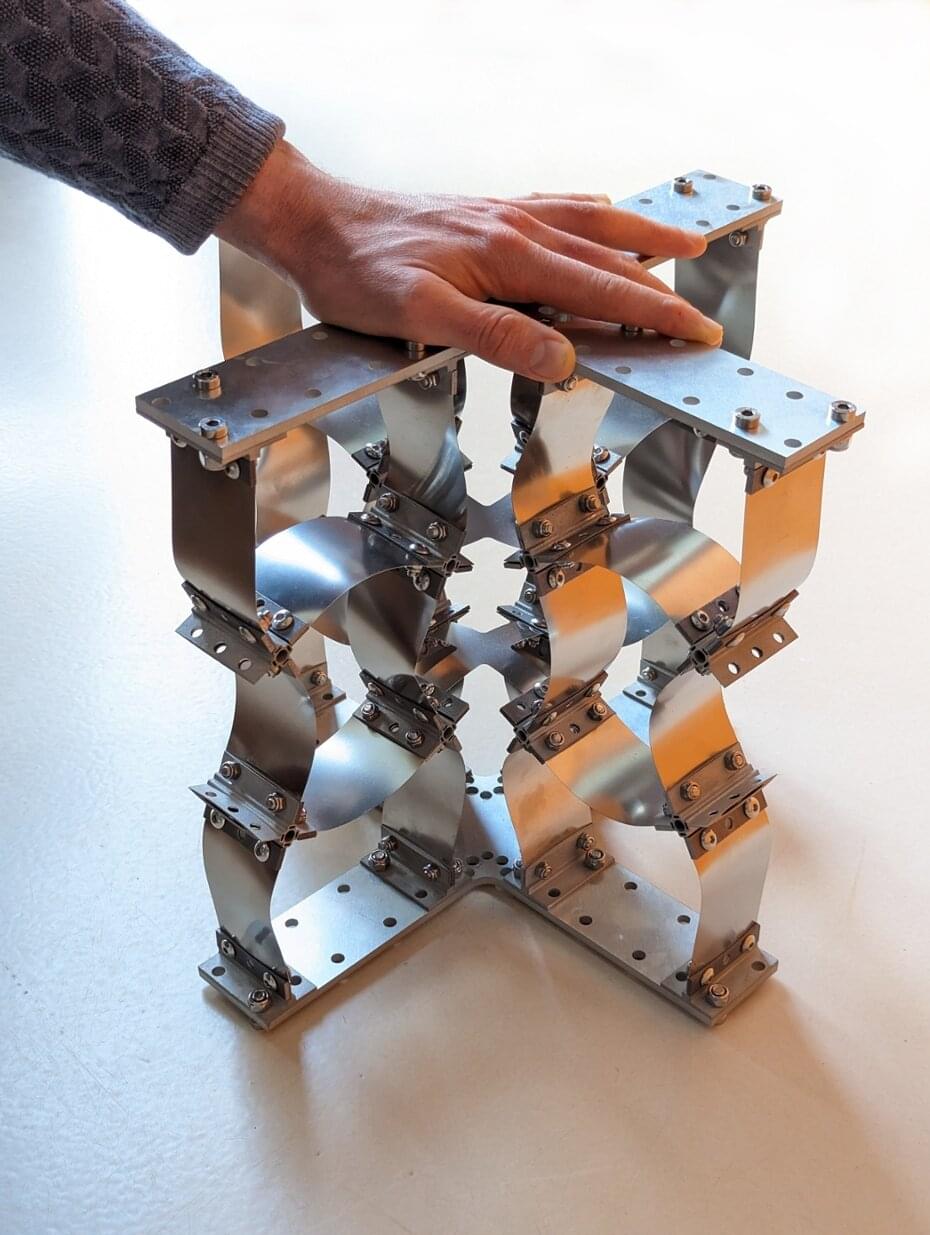Jun 14, 2023
Child prodigy accepts job offer from SpaceX after graduating at just 14
Posted by Omuterema Akhahenda in categories: computing, engineering, space travel
Kairan Quazi announced the news in an impressive LinkedIn post, during which he explained how he’d begun his software engineering career at an early age.
While he kept post pretty professional, Quazi couldn’t help but gush about working for the ‘coolest company on the planet’.
Kairan Quazi is only in his teens, but has already graduated with a computer science degree before accepting a job with SpaceX.
Continue reading “Child prodigy accepts job offer from SpaceX after graduating at just 14” »


















